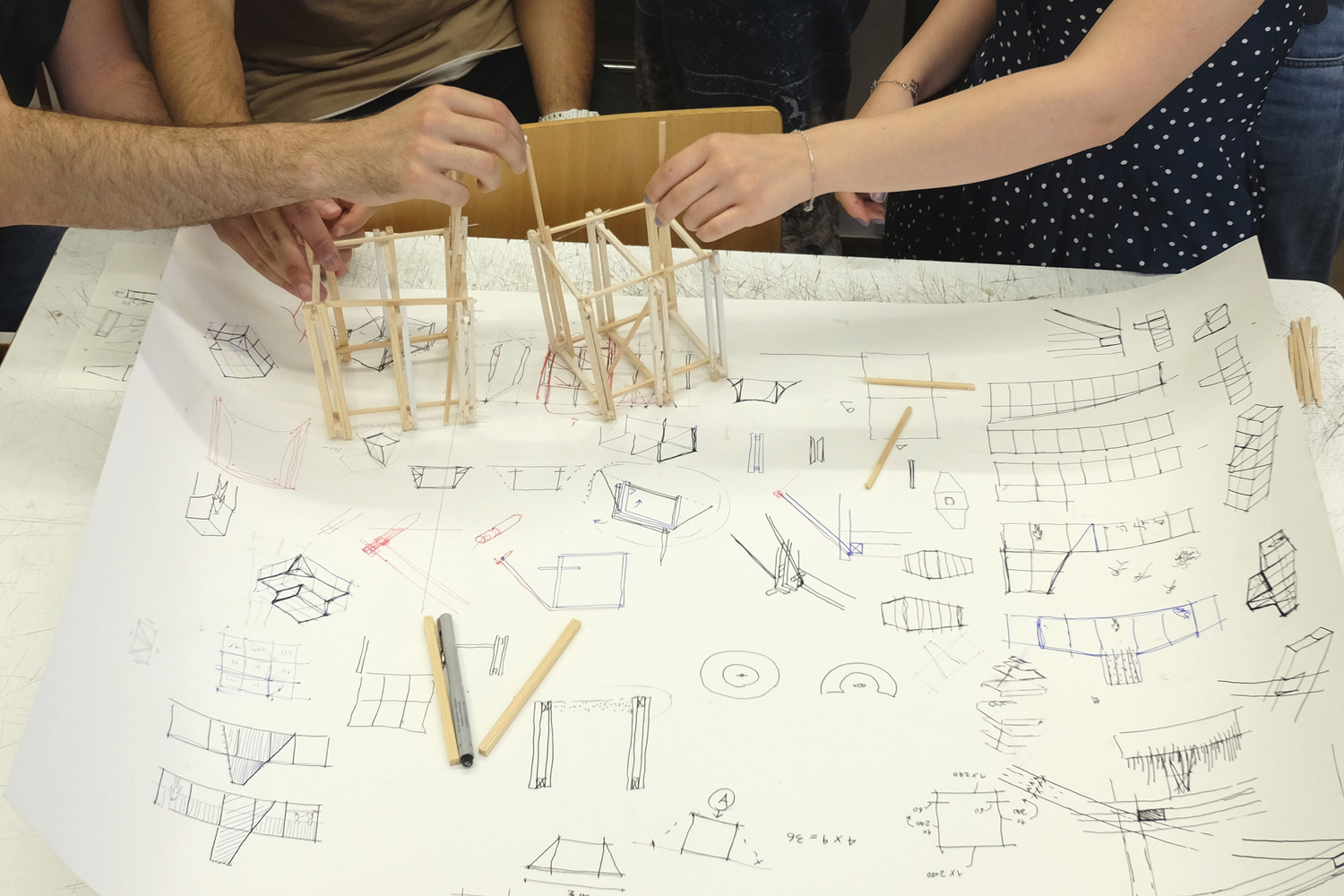What if we crafted or chose every building component to maintain value and purpose beyond the life time of the building? This transition—from demolition to practices focusing on reuse, repurposing, and sustainable dismantling—is edging closer to reality. As these changes unfold, we must assess how our strategies align with the evolving goals and challenges related to sustainability—and, of course, the new opportunities they bring.
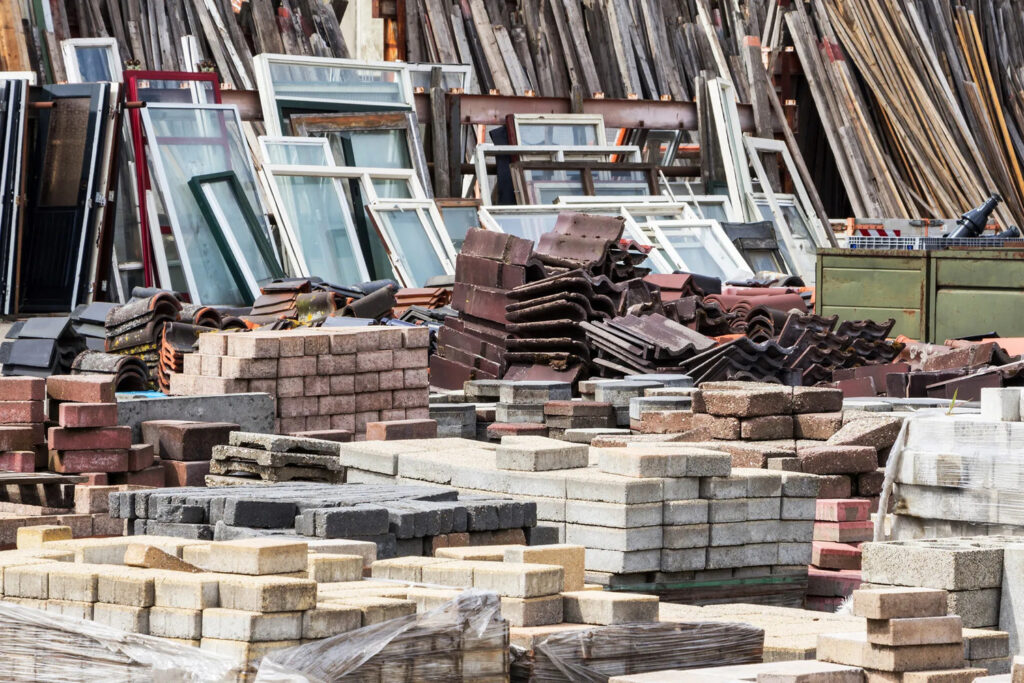 Actions such as disassembling and reusing materials provide viable and consistent alternatives across diverse contexts, whether in regions with abundant resources or in those where reuse is a necessity rather than an option.
Actions such as disassembling and reusing materials provide viable and consistent alternatives across diverse contexts, whether in regions with abundant resources or in those where reuse is a necessity rather than an option.
 If resource scarcity increases or stricter regulations on virgin materials are imposed, architects and designers could transform existing buildings into valuable mines. These new dynamics might redefine the future and reverse the design order.
If resource scarcity increases or stricter regulations on virgin materials are imposed, architects and designers could transform existing buildings into valuable mines. These new dynamics might redefine the future and reverse the design order.
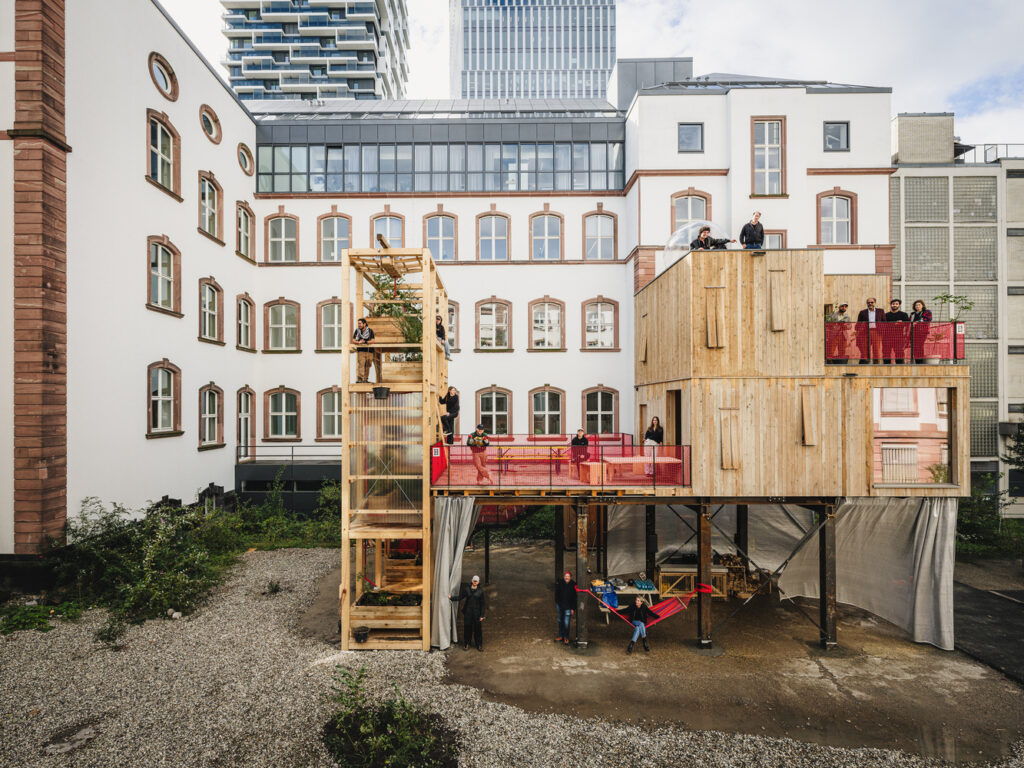
A “right to reuse” initiative is taking shape in Europe, potentially incentivizing transformations in public policies, putting refurbishment and material reuse at the forefront. By doing so, we could unlock the full potential of both public and private buildings.
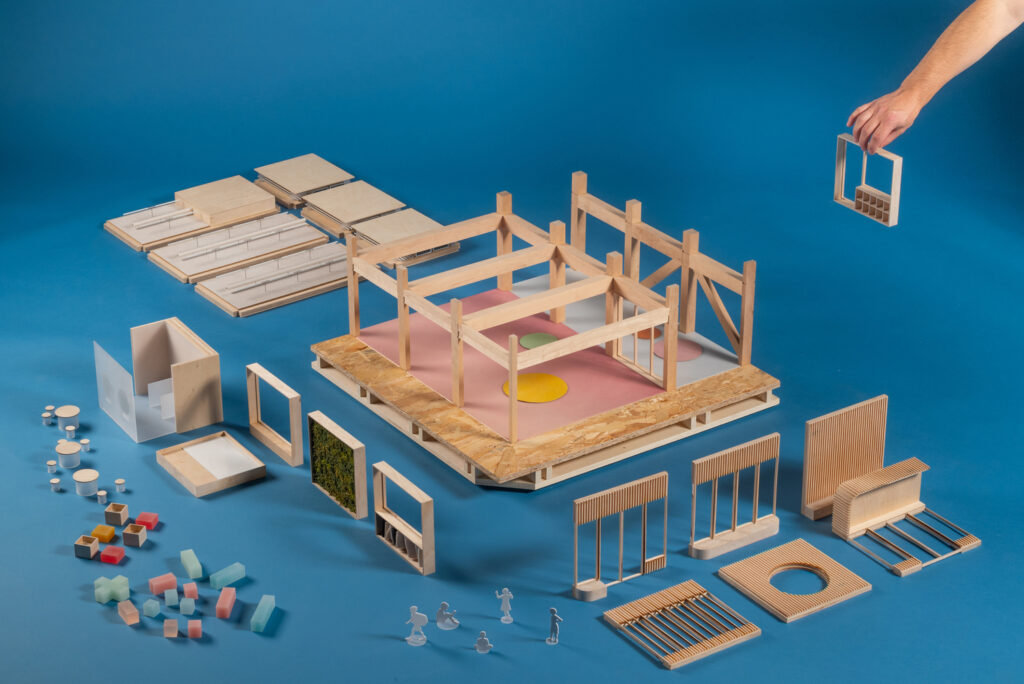 These changes will transform the relationship between project locations and the origin of the materials used. Traceability will become a fundamental pillar, allowing us to track the path of each product from its source. Implementing material passports—digital records documenting their characteristics and reuse possibilities—could turn this information into systematic tools. When integrated into public policies, these approaches can strengthen sustainability in construction, promoting responsible practices aligned with the principles of the circular economy.
These changes will transform the relationship between project locations and the origin of the materials used. Traceability will become a fundamental pillar, allowing us to track the path of each product from its source. Implementing material passports—digital records documenting their characteristics and reuse possibilities—could turn this information into systematic tools. When integrated into public policies, these approaches can strengthen sustainability in construction, promoting responsible practices aligned with the principles of the circular economy.
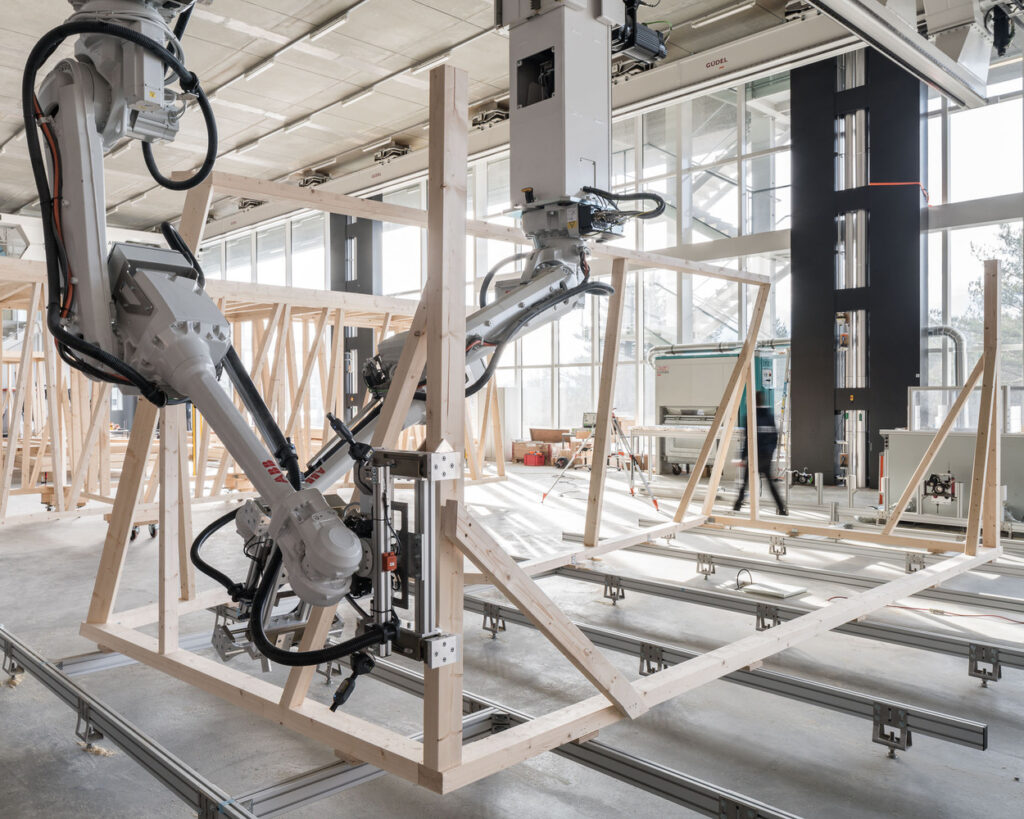 Design for disassembly has become a key process in promoting sustainability within the built environment. Technology may play a crucial role, with emerging innovations shaping demolition practices. One example is robotic systems with advanced sensors that precisely perform disassembly tasks. These systems optimize the recovery of materials with enhanced accuracy and care compared to manual methods.
Design for disassembly has become a key process in promoting sustainability within the built environment. Technology may play a crucial role, with emerging innovations shaping demolition practices. One example is robotic systems with advanced sensors that precisely perform disassembly tasks. These systems optimize the recovery of materials with enhanced accuracy and care compared to manual methods.
 What happens if we recover more than we can reuse or if the components’ properties degrade to the point of obsolescence? The data collected in material passports could be key in tracking component conditions, guiding inspection and repair efforts, and forecasting their future use.
What happens if we recover more than we can reuse or if the components’ properties degrade to the point of obsolescence? The data collected in material passports could be key in tracking component conditions, guiding inspection and repair efforts, and forecasting their future use.
 There is great potential in an emerging industry focused on sorting and managing recovered products. Startups dedicated to the circularity of materials are emerging. Analyzing the reuse potential of buildings—including structures and components—could soon become a common practice.
There is great potential in an emerging industry focused on sorting and managing recovered products. Startups dedicated to the circularity of materials are emerging. Analyzing the reuse potential of buildings—including structures and components—could soon become a common practice.
 Developing new business models focused on material recovery and sorting could stimulate the consolidation of companies specializing in technologies for efficiently evaluating, disassembling, and documenting components. Innovations in this field could also lead to digital platforms with product catalogs to facilitate the buying, selling, and exchanging of resources. A new market approach must encompass changes in public policies and adopting technologies that optimize processes.
Developing new business models focused on material recovery and sorting could stimulate the consolidation of companies specializing in technologies for efficiently evaluating, disassembling, and documenting components. Innovations in this field could also lead to digital platforms with product catalogs to facilitate the buying, selling, and exchanging of resources. A new market approach must encompass changes in public policies and adopting technologies that optimize processes.
 In the long run, how can we create environments with a positive environmental impact when often the first instinct is to demolish? Advancing toward sustainable architecture requires an ongoing shift in mindset to prioritize preservation over destruction. Demolition may seem like the most straightforward solution—just a bit of machinery and time can erase what took years to build. But before choosing it as the only option, ask yourself:
In the long run, how can we create environments with a positive environmental impact when often the first instinct is to demolish? Advancing toward sustainable architecture requires an ongoing shift in mindset to prioritize preservation over destruction. Demolition may seem like the most straightforward solution—just a bit of machinery and time can erase what took years to build. But before choosing it as the only option, ask yourself:
How much could you salvage if you had to demolish your house?
You can read the original article at www.archdaily.com

